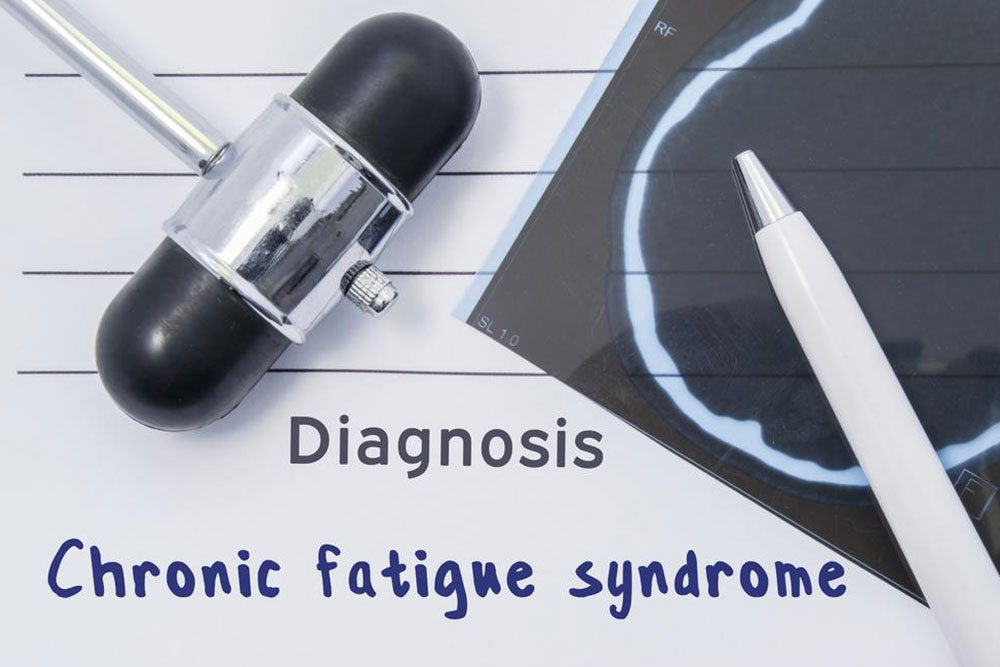Understanding the Causes and Signs of Persistent Fatigue
Persistent fatigue, also known as chronic fatigue syndrome, is a long-term condition causing deep exhaustion that doesn't improve with rest. It affects mainly women in their 40s and 50s, with symptoms like memory issues, muscle pain, and recurring headaches. Causes are linked to viral infections, immune weakness, and hormonal imbalances. Cyclical in nature, the syndrome can significantly impact daily life, making understanding and management vital for those affected.

Understanding the Causes and Signs of Persistent Fatigue
Persistent fatigue is a condition characterized by overwhelming tiredness that persists despite rest. This exhaustion is long-lasting and can impair daily functioning. It is also known as myalgic encephalomyelitis (ME) or systemic exertion intolerance disease (SEID).
Although once considered controversial, chronic fatigue syndrome is now recognized as a legitimate medical condition. While it can affect anyone, it most commonly occurs in women in their 40s and 50s.
Causes of Chronic Fatigue
The exact origins of persistent fatigue remain uncertain. Studies suggest factors such as viral infections, compromised immune response due to underlying health issues, and hormonal imbalances may contribute to its development.
Some individuals may have a genetic tendency toward developing chronic fatigue.
It can develop after various viral illnesses; there’s no single causative virus. Common associated viruses include Ross River virus, Rubella, Human Herpesvirus 6, and Epstein-Barr virus. Certain bacterial infections, such as Coxiella burnetii and Mycoplasma, have also been linked to persistent fatigue.
Hormonal imbalances might weaken the body's systems, but the connection to fatigue is still under study.
Women in their late 40s and 50s are more prone to this condition. Environmental factors like stress, allergies, and gender predisposition can heighten the risk of developing chronic fatigue.
Symptoms may vary but generally include ongoing exhaustion lasting over six months, not alleviated by rest, impacting normal activities. Other signs include:
Memory issues and concentration problems
Muscle discomfort
Frequent headaches
Joint pains without swelling or redness
Recurrent sore throats
Symptoms can occur in cycles, with flare-ups followed by remission, making management challenging.
Note:
Our blog provides a broad range of informative content. While our research offers valuable insights, readers should not consider these as definitive diagnoses. We are not responsible for discrepancies or inaccuracies on other platforms. Additionally, some promotions or offers may not be listed here.








